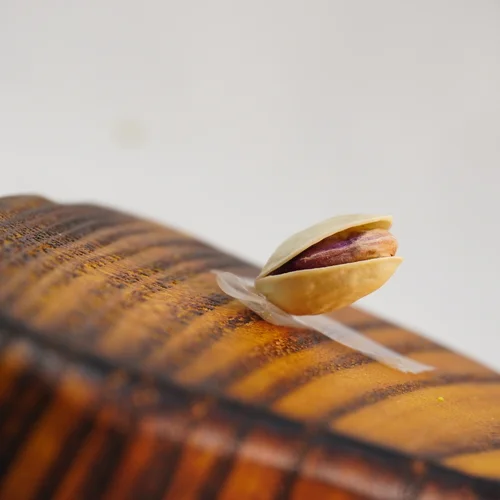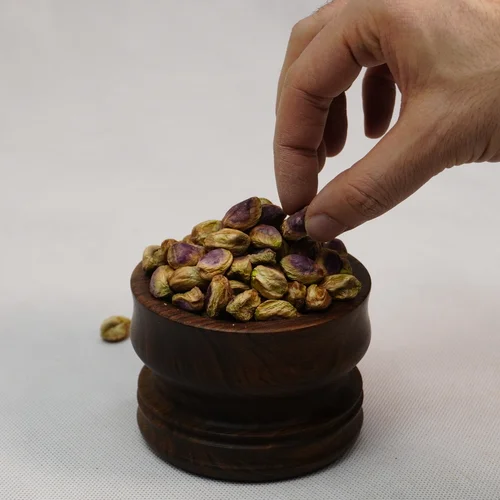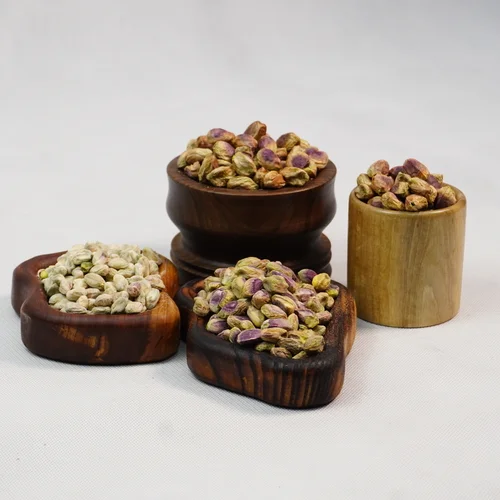Spanish pistachio market: current situation and future prospects

The Spanish pistachio market is still relatively small, but it is expanding rapidly. Today, the country has 84,000 hectares of pistachio plantations. Of this, about 22,000 hectares are fully suitable for cultivation. Almost half of the productive orchards are already mature, with trees over nine years old. Within three to five years, most of these trees will reach their peak production, resulting in a sharp increase in production.
Production forecast
Spain cultivates both rainfed and irrigated pistachio orchards, which results in variations in yield per hectare. For the 2024-2025 season, production is expected to more than double the previous year, reaching around 10,000 tonnes. By 2029, production could reach 20,000 tonnes. This volume represents more than 10% of total pistachio consumption in Europe.
Export Market
About 70% of Spain’s pistachio market is exported, with Europe being the main destination. Italy is currently the largest buyer, thanks to the advanced pistachio processing industry in Sicily. Spanish pistachios are sold both as a raw material for the food industry and as snack nuts. One notable feature of this market is that about 60% of production is organic, which requires specialized care and cultivation methods.
Industry support and development
The growth of the Spanish pistachio industry is supported by organizations such as the European Pistachio Council (EPC). Their participation helps to improve efficiency, increase exports and strengthen the commercial structure of the sector.
Challenges Ahead
Despite its strong potential, the Spanish pistachio industry faces several challenges. These include the need to simplify the organization of the industry, adjust tariffs and regulations, and adapt to changing economic and political conditions.




Source: INC




